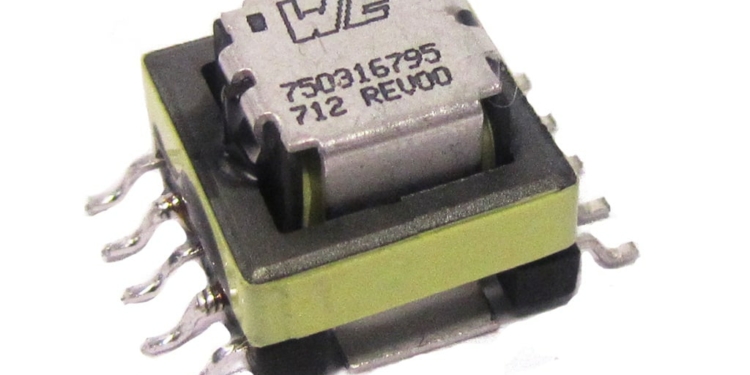Source: Wurth Electronics news
Watertown (USA), 5 July 2018 – Wurth Electronics Midcom is proud to announce the release of additional Current Sense transformers to the MID-SNS family.
“These surface mount transformers are designed to operate between 50khz to 500khz and sense up to 40A of current. The turns ratios offered are 1:50, 1:100, 1:150 and 1:200 with Inductances ranging from 1.4mH to 22.4mH. Compared to current sense resistors, these parts have much lower power dissipation and provide galvanic isolation.” explained Swaroop Vaidyanath, Product Manager at Wurth Electronics Midcom.
These 40A MID-SNS transformers are built on a compact platform with a footprint of 14.48mm x 20.2mm and low profile height of 10.5mm. These parts have low primary DC resistance and meet 1500Vrms dielectric between the primary and secondary windings. These transformers have an operating temperature of -40°C to 125°C and are RoHS and REACH compliant.
These transformers are best suited for switch mode power supplies, precise current measurement, feedback control, circuit protection and monitoring, and high reliability equipment applications.
































